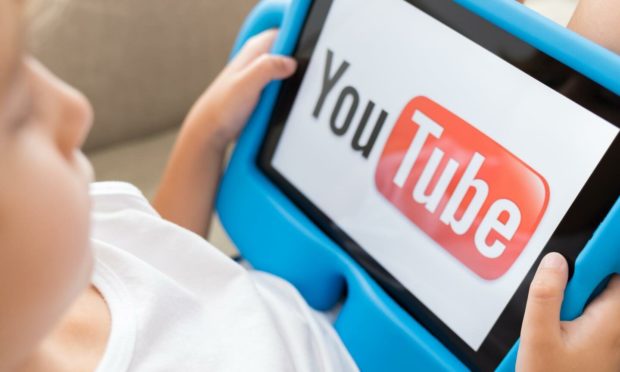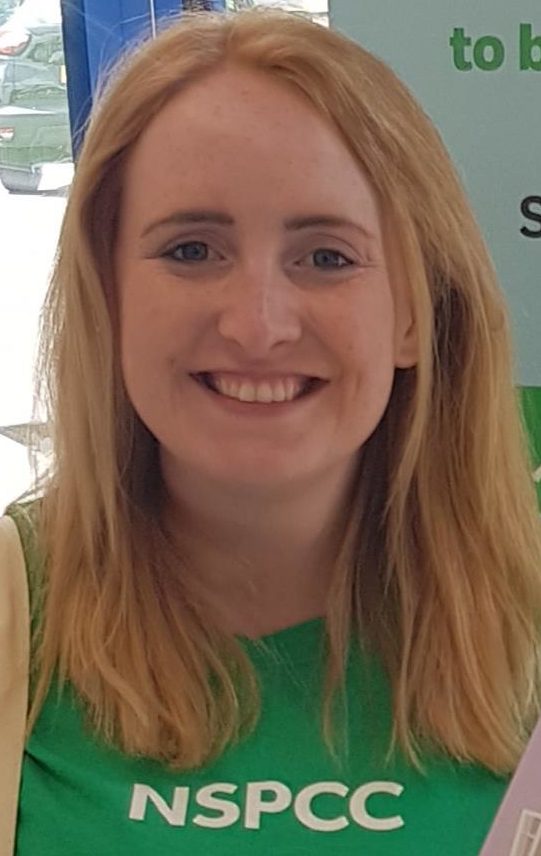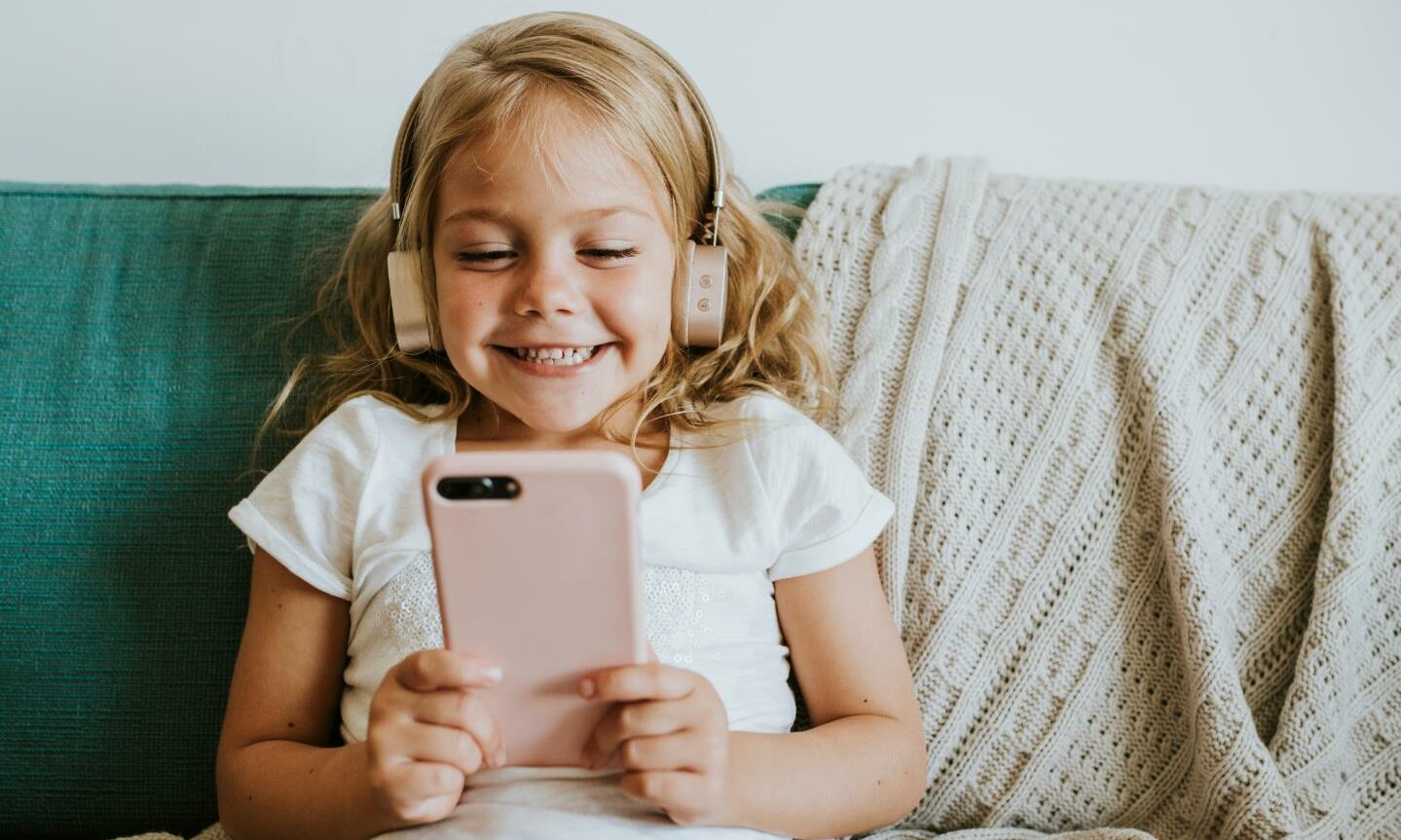Making decisions about which apps and websites are safe and appropriate for your child to access online can be a difficult task, as a parent.
One dilemma that many face is whether it’s a good thing for young people to create YouTube accounts.
Since its invention in 2005, YouTube has become the second most visited website worldwide and the second most used social media platform after Facebook.
With over 500 hours of content uploaded every minute and more than a billion hours of video viewed every day, the scale of content available is enormous.
We know this website is very popular with children, who use it to watch videos of their favourite gamers, learn about their hobbies and find out how to do things.
However, not all content on YouTube is suitable for children and young people to view.
YouTube’s age rules
Net Aware, our joint website with O2, has a lot of advice for parents about many different apps and sites including YouTube. As a parent, it is important to be aware that a child should be 13 years old to create their own YouTube account.
The best thing for a parent to do is have regular conversations with their children about how they are spending their time online
Young people between the ages of 13 and 17 can create their own accounts and share videos, but only with the permission of their parents or carers.
The best thing for a parent to do is have regular conversations with their children about how they are spending their time online.
Be aware of the risks
When talking about YouTube, it would be good for parents to find out what their child wants to achieve by creating an account and what they want to share. Many children believe you can make a lot of money by sharing videos. While this is possible, it is the exception rather than the “norm”.
Making content can be a great way to learn new digital skills and it promotes creativity and critical thinking. But there are some risks that parents should be aware of, including sharing personally identifiable information, such as names and school names.
It is also easy to feel disinhibited when you are hidden behind a screen and there is a risk that people could share content that is inappropriate or even offensive.
Consider a family agreement
When agreeing rules and time boundaries, parents could consider a family agreement. A template for one can be found on Net Aware. This can be stuck in a place where all the family can see it, such as a fridge door.
The agreement could include information on not sharing personal and private information, whether they are allowed to show their face in videos, and what is suitable to wear – for example, no clothing that might identify the school they attend.
It may also be agreed that all new creations must be viewed by a parent before they are uploaded to YouTube.
For more information about helping keep your child safe online visit net-aware.org.uk
Carla Malseed is NSPCC Scotland Campaigns Manager


